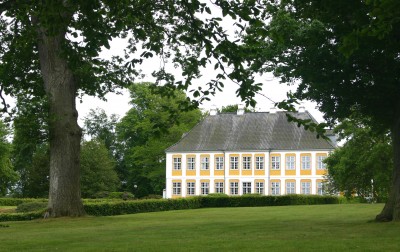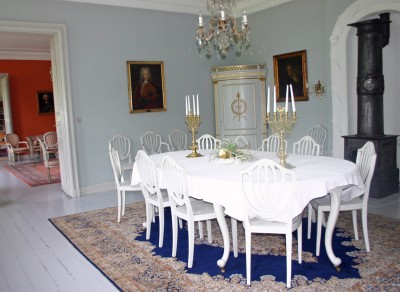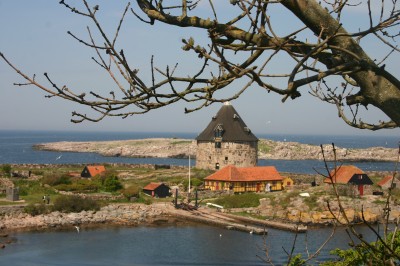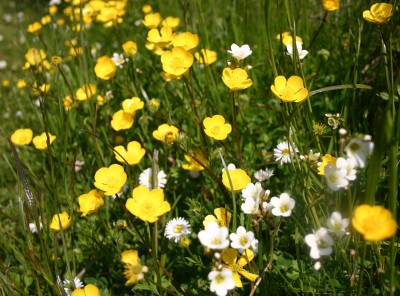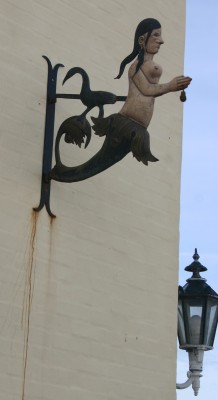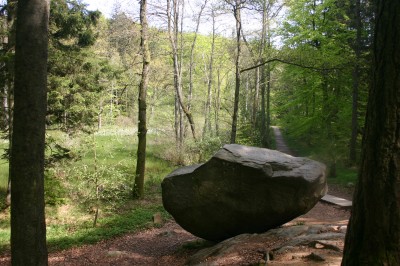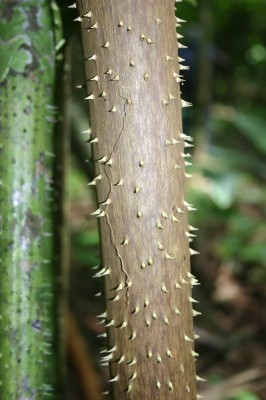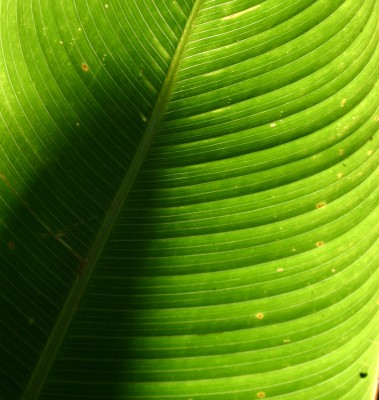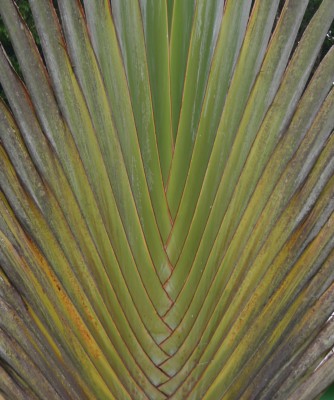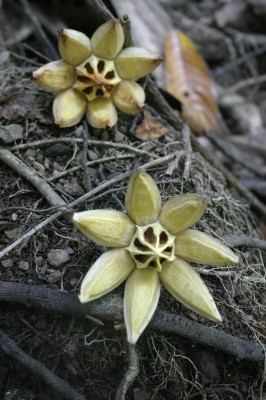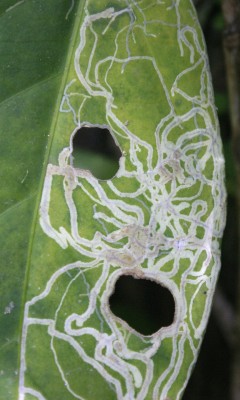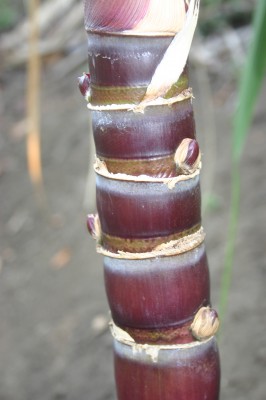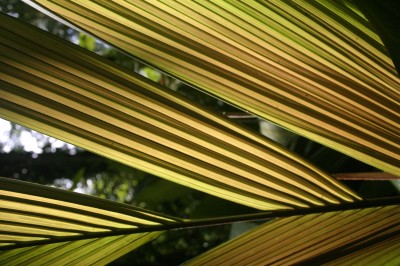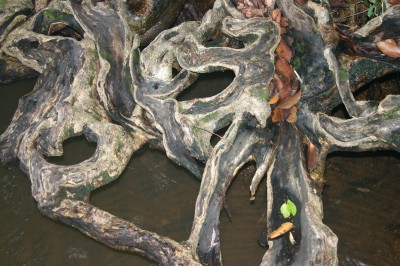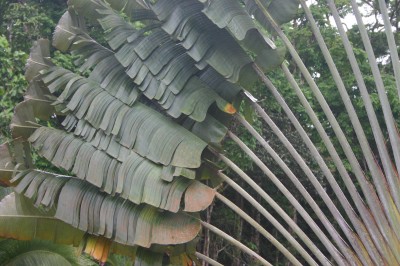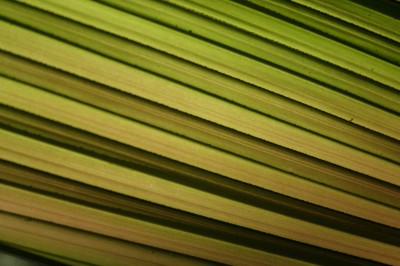It feels rather odd to wake up to the sound of cheerful birdsong and balmy temperatures in the middle of February. But I am back in Africa – this time on safari in Tanzania. Together with a couple of friends I am exploring the “must-see” places in the northern part of this vast country. Our adventures include walking partway up Africa’s highest mountain, driving down into a volcanic crater chock-a-block with animals, getting the feel of endless plains with countless animals and enjoying exotic island life.
Our first adventure is a walk up the lower slopes of Mount Kilimanjaro, which at 5896 metres is Africa’s highest mountain. On the drive to the mountain we view its iconic volcano shape that includes a dressing of snow at the top of its perfect cone. A small dressing of snow compared to the past. Since 1912, when measuring of the glacier began, 80 percent of the snow has melted due to global warming. At that rate there will be no snow left by 2020. Such a sad thought.
We start at 1800 m above sea level and trudge upwards at a steady rate through cool forest where blue monkeys perch in the trees and brooks babble merrily. There are wild rhododendron, begonias, common pinkish violets and endemic orange violets.
After a while I start to huff and puff and seem to need rest stops more frequently. As we gain height the vegetation changes to heather forest. Here, the trees are covered with lichen and the growth is less dense. The trees rustle and creak against each other creating a constant, spooky sound.
After many stops to catch our breath (my breath, mostly…) we reach our goal at 2700 m. We have walked 7.9 km to get this far, taking three hours and 40 minutes to do it. After lunch we proceed to amble downwards. This does not evince heavy breathing like the upward climb but plays havoc with the knees and leg muscles. The downward journey of the same 7.9 km takes about 2.5 hours.
It was refreshing with a day of exercise after the long flight from Denmark to Tanzania and we sleep well.
We spend the next day exploring Manyara National Park. We come upon a small pride of lions. The big cats have just been feasting on a zebra kill. The lions’ gorged stomachs bring images of Garfield to mind and they spend their time doing what all lions spend up to 20 hours a day doing: lolling about in the shade. We also see a lion up in a tree, blue monkeys, olive baboons, Maasai giraffes, gazelles, elephants, warthogs, hippos, many different species of birds and lots of lovely baobabs and acacias in leaf. This is just a taste of things to come.









